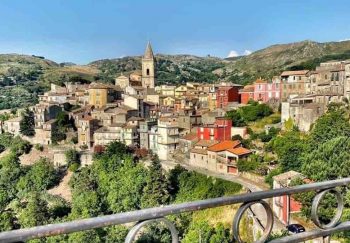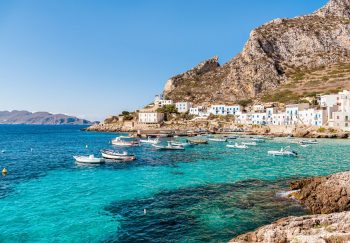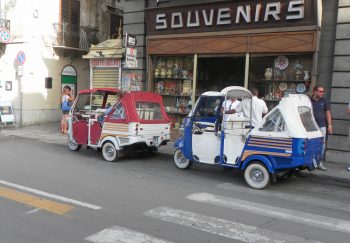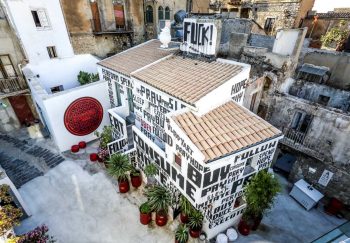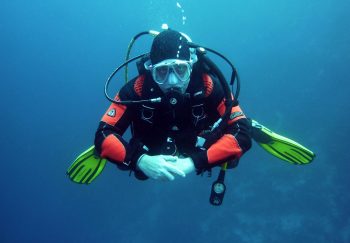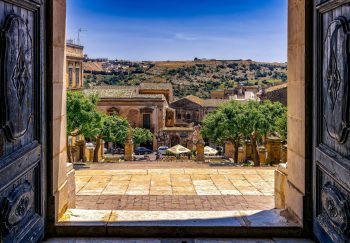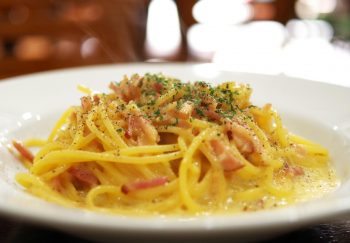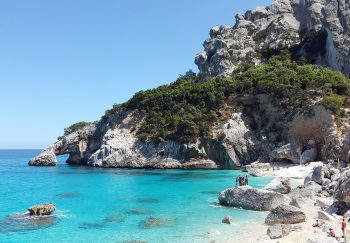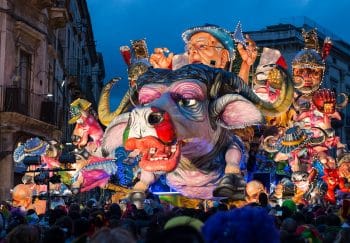Castiglione di Sicilia is located on a hill at the north end of Mount Etna. It’s right in the middle a valley that runs between Randazzo & Taormina. This valley was carved by Alcantara River.
It is the archetype for a hilltop village with small houses perched on the slopes.
It was 1092 when Ruggero II ( Rod I) made the first concrete evidence of its urbanization. In one document, he called it “Castrileonis“, meaning: Castle of the Lion.
The square is the heart of a town, and so it is for Piazza Lauria Castiglione. This beautiful square is paved with lava stones and it is where the auster Town Hall stands. It was here that people used to keep their Peculio (maincity wheat deposit) as a source of sustenance during times of food shortage.
The seventeenth century Church of Sant’Antonio is located just a few meters away. You will find the apse for Church San Pietro, which dates back 1105. This small village is home to many religious sites. Right next to San Pietro is the eighteenth-century church and adjacent monastery of San Benedetto.
We can see the church dedicated to San Marco from the other side of the square. It is Norman origin and dates back to the XII Century. A narrow staircase leads from here to the remains of a Byzantine fortification, which the locals call Castidduzzu or Castelluccio.
You can also walk away from the square along a scenic road to find the Basilica di Nostra Signora della Catena, and then, at the top of a crag is the castle Roger of Lauria, which dates back to the XII Century.
You will find the best spot in Castiglione, and it is the place where you can see the true symbol of Castiglione. It is called ” U Kannizzu“.
This tower is made of sandstone and was built in the 12th to 14th centuries. It’s probably part of a larger fortification known as the ” Cittadella“. It was located outside of the town. This tower was most likely the first stronghold that King Federico III of Sicily conquered when he took over the fiefdom of Roger of Lauria in 1301.
Unexpectedly, the cube Santa Domenica is located in the middle the country. Locals call it ” a cubula“. Cubes are chapels that were built between the 7th to 9th centuries by Byzantine monks. This one is unusually large. It has a Greek cross-plan and a square layout. According to tradition, the apse faces east and its central door faces west. Since 31 August 1909, the Cube of Santa Domenica has been a national monument.
Castiglione’s rich culinary tradition is a tribute to the many millenarians who lived here.
Let’s begin with the macaroni made from scratch, with pork ragout and baked Ricotta. Next, let’s move on to the tagghiani with wild rabbit and nettle. You can also enjoy exquisite confectionery delights like cuddureddi and rice zeppole, Sciauni (fresh Ricotta Fritters), hazelnut and almond pastries, and all accompanied with a glass Etna D.O.C. wine.
This is the land where everything is.
nerello
,
cataratto
And
carricante
Castiglione is home to the native grape variety, called “The Grape of Spain”. Castiglione is a must-see destination for anyone who follows the tradition of growing grapes.
Route of Etna wine
The seat of the?
Eastern Sicily Regional Enoteca
.
